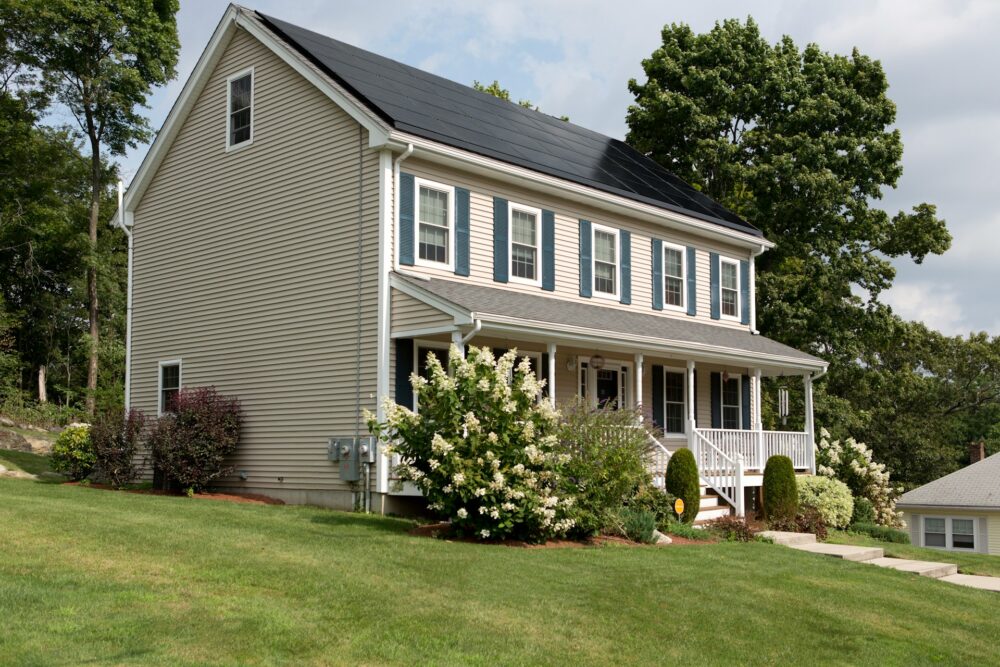Choosing the right roofing material for your home is a critical decision that affects both the longevity and aesthetic appeal of your property. With various options available, it’s important to consider factors like climate, budget, architectural style, and personal preferences. Here’s a guide to help you navigate the selection process.
Firstly, assess the climate in your area. Certain materials withstand specific weather conditions better than others. For example, if you live in a region with high winds, a heavier material like slate or tile might provide better resistance than lightweight options. Similarly, in areas prone to wildfires, fire-resistant materials such as metal or clay tiles are advisable.
Your budget is another key consideration. While some materials, like asphalt shingles, are relatively inexpensive and offer straightforward installation, they may not last as long as more premium options like metal, slate, or tile. Although pricier upfront, these materials generally offer greater durability and can enhance the resale value of your home.
Consider the architectural style of your home. The roofing material should complement the overall design. Classic homes might benefit from the timeless appearance of slate or wood shakes, whereas modern homes could pair well with metal roofing or architectural shingles. The color and texture should align with the exterior palette and details of your house.
Evaluate the weight of the roofing materials and ensure your home’s structure can support it. Heavy materials like slate may require additional framing support, which can increase the overall cost and complexity of the project.
Sustainability is becoming increasingly important to many homeowners. Eco-friendly materials like recycled shingles, metal roofing, and green roofs not only help in reducing the environmental footprint but can also improve energy efficiency. These materials often reflect sunlight and provide better insulation, leading to lower energy bills.
Maintenance requirements are also crucial. Some materials, such as metal roofing, are low-maintenance and long-lasting, while others like wood shakes may need more regular upkeep to prevent issues like rot and insect infestation.
Finally, always consult with a professional roofing contractor who can provide insights specific to your locality and housing structure. Professionals can assist in evaluating the condition of your existing roof, estimating potential costs, and recommending the best materials suited for your roof’s pitch and design.
In summary, selecting the right roofing material involves a blend of practical considerations and aesthetic judgment. Consider the regional climate, cost, your home’s architecture, structural support, environmental impact, maintenance needs, and professional advice to make an informed decision that ensures your roof is both resilient and in harmony with your home’s appearance.

